Jin-ha Lee
Cleaning Label Noise with Clusters for Minimally Supervised Anomaly Detection
Apr 30, 2021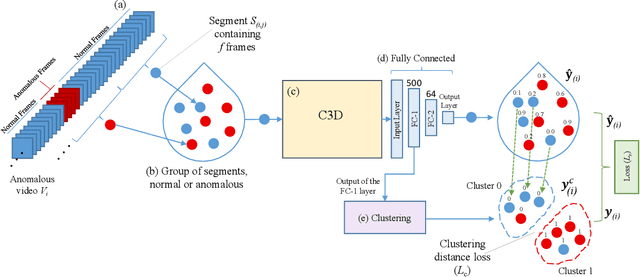
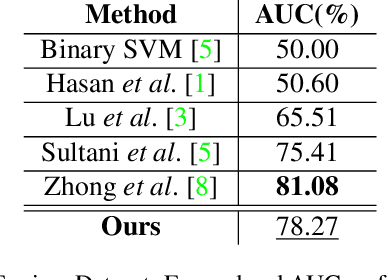
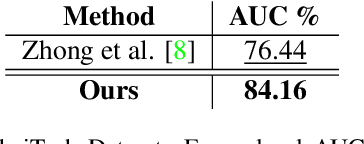
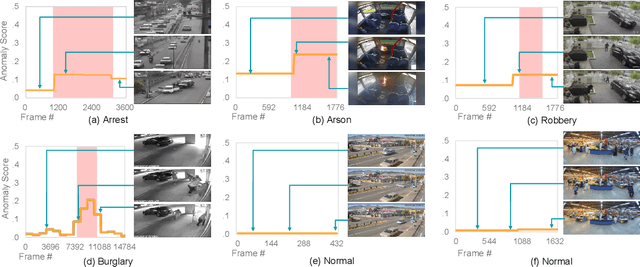
Abstract:Learning to detect real-world anomalous events using video-level annotations is a difficult task mainly because of the noise present in labels. An anomalous labelled video may actually contain anomaly only in a short duration while the rest of the video can be normal. In the current work, we formulate a weakly supervised anomaly detection method that is trained using only video-level labels. To this end, we propose to utilize binary clustering which helps in mitigating the noise present in the labels of anomalous videos. Our formulation encourages both the main network and the clustering to complement each other in achieving the goal of weakly supervised training. The proposed method yields 78.27% and 84.16% frame-level AUC on UCF-crime and ShanghaiTech datasets respectively, demonstrating its superiority over existing state-of-the-art algorithms.
* Presented in the CVPR20 Workshop Learning from Unlabeled Videos. An archival version of this research work, published in SPL, can be accessed at: https://ieeexplore.ieee.org/document/9204830. arXiv admin note: substantial text overlap with arXiv:2008.11887
Old is Gold: Redefining the Adversarially Learned One-Class Classifier Training Paradigm
May 20, 2020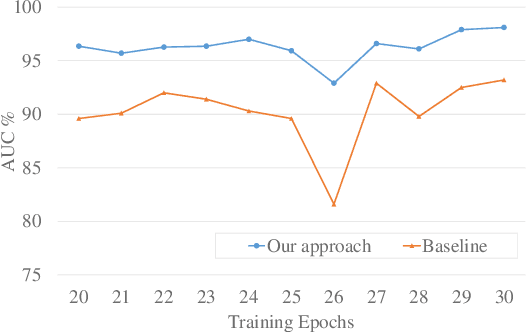

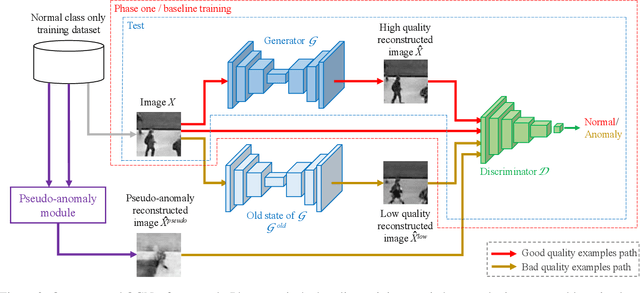

Abstract:A popular method for anomaly detection is to use the generator of an adversarial network to formulate anomaly scores over reconstruction loss of input. Due to the rare occurrence of anomalies, optimizing such networks can be a cumbersome task. Another possible approach is to use both generator and discriminator for anomaly detection. However, attributed to the involvement of adversarial training, this model is often unstable in a way that the performance fluctuates drastically with each training step. In this study, we propose a framework that effectively generates stable results across a wide range of training steps and allows us to use both the generator and the discriminator of an adversarial model for efficient and robust anomaly detection. Our approach transforms the fundamental role of a discriminator from identifying real and fake data to distinguishing between good and bad quality reconstructions. To this end, we prepare training examples for the good quality reconstruction by employing the current generator, whereas poor quality examples are obtained by utilizing an old state of the same generator. This way, the discriminator learns to detect subtle distortions that often appear in reconstructions of the anomaly inputs. Extensive experiments performed on Caltech-256 and MNIST image datasets for novelty detection show superior results. Furthermore, on UCSD Ped2 video dataset for anomaly detection, our model achieves a frame-level AUC of 98.1%, surpassing recent state-of-the-art methods.
 Add to Chrome
Add to Chrome Add to Firefox
Add to Firefox Add to Edge
Add to Edge